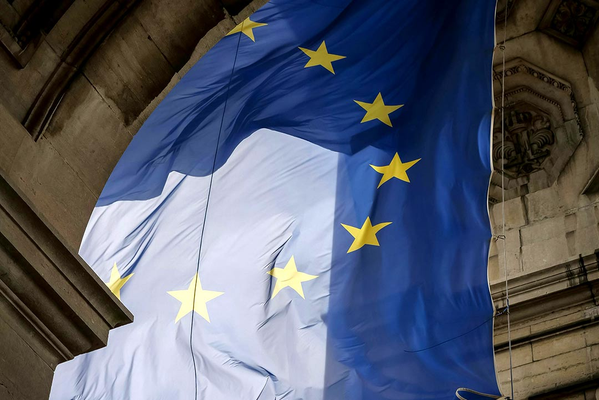July 2024

The EU AI Act, which categorizes AI systems into various risk levels and outlines specific requirements and obligations, has been published in the Official Journal of the EU. The Act's implementation will be phased, with provisions concerning prohibited practices taking effect six months after the Act's entry into force. Compliance preparation is emphasized, and Holistic AI offers assistance in preparing for the AI Act.

Transparency is a key principle in frameworks designed to ensure safe and reliable development of AI. The EU AI Act emphasizes transparency requirements with a multi-pronged approach for different AI systems. High-risk AI systems have stringent transparency obligations and specific transparency obligations have been imposed on AI systems with certain functions such as direct interaction with individuals. The AI Act also imposes severe monetary penalties for non-compliance. Companies must prepare early for compliance with the AI Act.

The "green transition" towards renewable energy and industrial processes will require a significant increase in the consumption of metals and minerals, which will involve expanding mining operations. The article explores the use of AI to extract valuable resources and mitigate the negative impacts of mining on local communities. AI can aid companies and governments in monitoring mine site violations, issues in mineral processing, and raw material supply chains. An interactive Multi Objective Optimization (iMOO) approach that captures the linkages between investment decisions and environmental, social, and economic outcomes is being developed and piloted. By including outcomes along environmental and social criteria, iMOO can promote more sustainable decision making, while allowing for the consideration of complex data and its linkages. However, information equality and the transparency of those results and access to these tools for companies, communities, and governments is critical. Computing the Pareto fronts that include social and environmental sustainability criteria helps communication among decision-makers and can help in addressing ethical concerns around AI use.

The EU AI Act introduces a risk-based regulatory framework for AI governance and mandates conformity assessments for high-risk AI systems. Providers may choose between internal or external assessment, but external assessment is mandatory under certain conditions. Conformity assessments must be combined with other obligations, such as issuance of a certificate, declaration of conformity, CE marking, and registration in the EU database. If a high-risk AI system becomes non-compliant after marketing, corrective actions must be taken. Delegated acts may be introduced by the Commission for conformity assessments. Holistic AI can help enterprises adapt and comply with AI regulation.

Patenting AI systems presents unique challenges, including the question of whether an AI can be considered an inventor under patent law. The United States Patent and Trademark Office (USPTO) has issued guidance stating that only natural persons can be named as inventors on US patents and patent applications. For an AI-assisted invention to qualify for patent protection, a natural person must have made a significant contribution to its conception beyond mere operation or utilization of AI technology. The guidance underscores the importance of genuine inventive involvement in patentable innovations. The UK Supreme Court and other patent offices have similarly upheld the necessity of human inventorship. However, South Africa has granted a patent where an AI system is the inventor, raising questions about the future of patent laws and the need for legislative updates to accommodate AI inventorship. The evolving nature of AI technology necessitates a reevaluation of patent laws to address the unique challenges posed by AI-generated inventions.